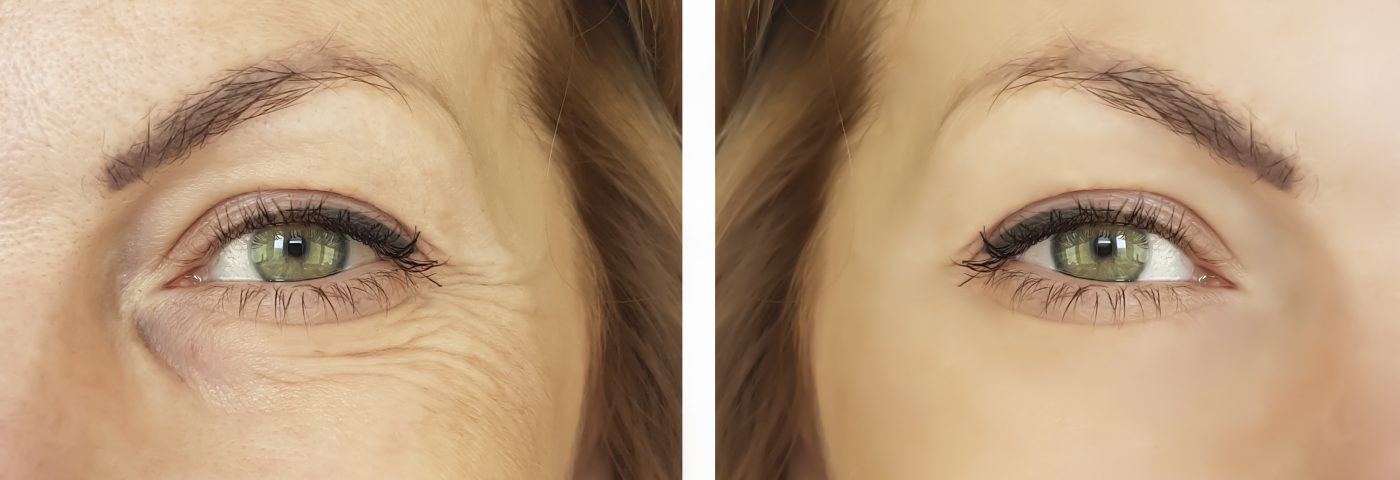Human skin is the largest organ that acts as a front line of defence against adverse effects from its exposure to toxic environmental factors, such as air pollution, UV light, temperature, humidity and infectious or pathogenic agents, including bacteria, fungi and viruses.1, 2, 3 Skin microbiome is considered an integral part of the skin barrier that, combined with innate immunity, plays a key role in maintaining the skin health.4-7
Like gut microbiome, skin is a home for transient, or short-term, and resident, or long-term, microbiota. However, there is limited knowledge on how the intrinsic and extrinsic host factors such as genetics, hormonal balance/imbalance, lifestyle, diet, medications, cosmetics use and other environmental factors influence their composition.
The foremost phyla of skin microbial community encompass Proteobacteria, Actinobacteria, Firmicutes, and Bacteroides, with Proteobacteria being the most abundant3, 8-11. The most copious genera belonging to these phyla is comprised of Propionibacterium, Corynebacterium, Staphylococcus, Micrococcus, Streptococcus, Brevibacterium and Malassezia. 2-7
Current use of the new high-throughput sequencing of the 16S ribosomal RNA gene to characterise bacterial communities at various body sites has provided a new insight in learning the diversity of skin microbial community under normal conditions and any shift in their community structure or balance from intrinsic or extrinsic influential factors.
Most of the skin microflora, whether residing on the skin surface or in the hair follicles, are characterised as gram positive microorganisms. For healthy skin, its natural mechanisms (hydration, nutrients, pH, antimicrobial peptides) play a crucial role in controlling the microbial diversity and maintaining the balance and dominance of beneficial resident microbes while restricting the invasion of transient pathogens. Beauty and personal care products, generally chemical preparations, are designed to enhance and balance skin hydration, pH and nutrients.8
With the rise in consumer demand for more sophisticated, natural, age-defying cosmetics, as well as products to enhance the appearance of the skin to look younger, glowing, smooth, wrinkle and acne free, it is imperative to understand the relationship of skin microflora with visual facial signs of healthy skin.
To understand the impact of long-term cosmetics use on skin microbial community, we conducted a longitudinal study on 150 normal healthy men and women that took place in May 2017 and May 2018. In the study, we measured both visible facial features, such as wrinkles, hyperpigmentation, porphyrins, and biophysical skin properties, including barrier function, skin surface pH and elasticity, to explore how the skin microbiome composition changes with these signs of skin health and to help target the development of microbiome-based beauty products. The study is designed to collect data over a ten-year period to identify the visual signs of skin aging, and wrinkles.
Content provided by Kausar Malik, who is Sr. Principal Research Scientist at Microbiology Sciences and will speak on ‘How to utilize skin microbiome research in cosmetic product development?’ at in-cosmetics North America on 17th October 2018, 16.00-16.30.
- Blaser, M.J. Who are we? Indigenous microbes and the ecology of human disease. EMBO Rep 7:956-960.
- Grice, E.A.; Segre, J.A. The skin microbiome. Nat. Rev. Microbiol. 2011, 9, 244–253.
- Grice, E.A.; Kong, H.H.; Conlan, S.; Deming, C.B.; Davis, J.; Young, A.C.; Bouffard, G.G.; Blakesley, R.W.; Murray, P.R.; Green, E.D. Topographical and temporal diversity of the human skin microbiome. Science 2009, 324, 1190–1192.
- Cogen, A.L.; Nizet, V.; Gallo, R.L. Skin microbiota: A source of disease or defence? Br. J. Dermatol. 2009, 158, 442– 455.
- Brogden, N.K.; Mehalick, L.; Fischer, C.L.; Wertz, P.W.; Brogden, K.A. The emerging role of peptides and lipids as antimicrobial epidermal barriers and modulators of local inflammation. Skin Pharmacol. Physiol. 2012, 25, 167–181.
- Belkaid, Y.; Hand, T.W. Role of the microbiota in immunity and inflammation. Cell 2014, 157, 121–141.
- Van Rensburg JJ, Lin H, Gao X, Toh E, Fortney KR, Ellinger S, Zwickl B, Janowicz DM, Katz BP, Nelson DE, Dong Q, Spinola SM. 2015. The human skin microbiome associates with the outcome of and is influenced by bacterial infection. mBio 6: e0131515 DOI 10.1128/mBio.01315-15
- Holland, K. T. and Bojar, R. A. Cosmetics-What is Their Influence on the Skin Microflora? Am J Clin Dermatol 2002; 3 (7), pp. 445–449.

